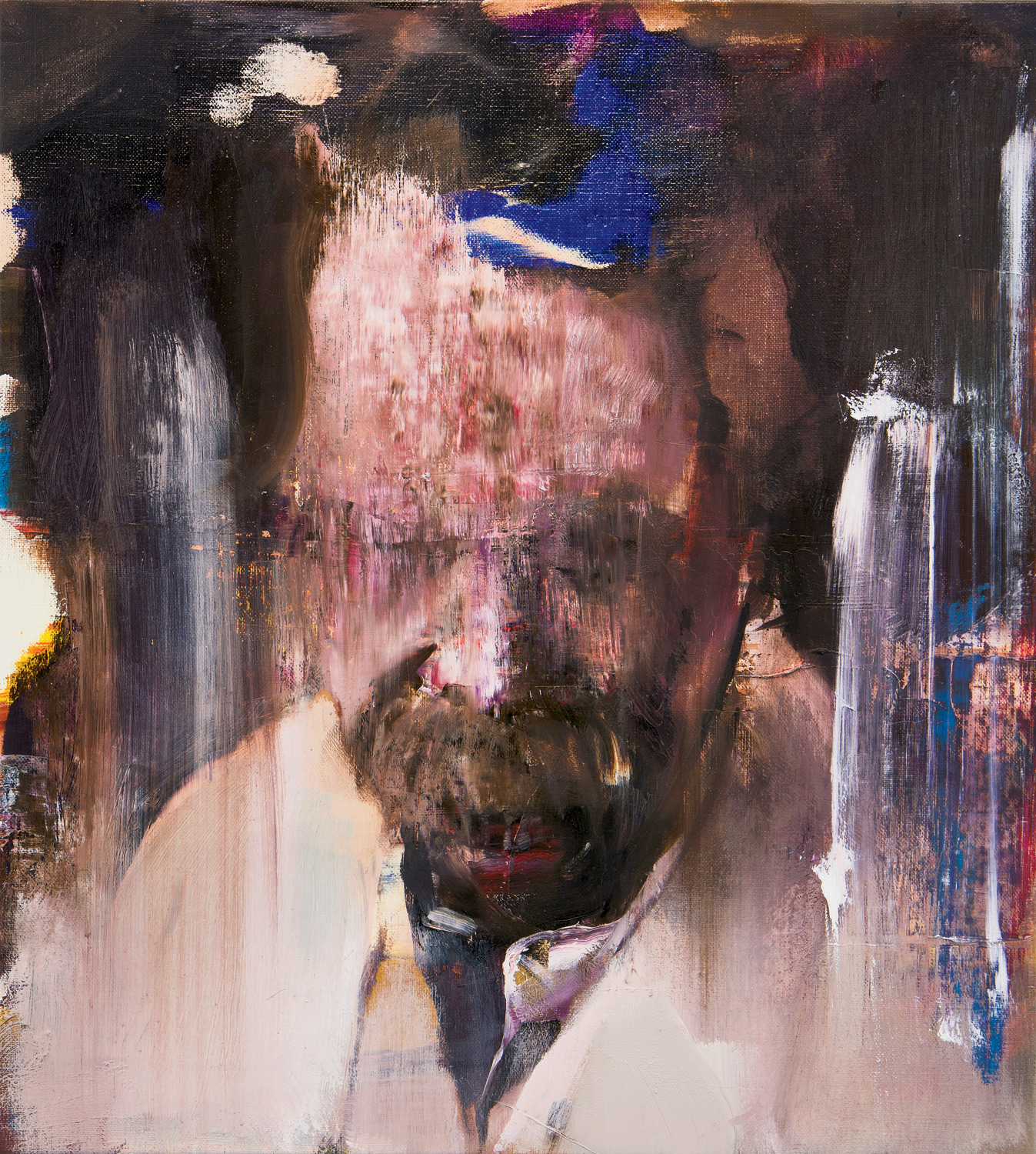Adrian Ghenie
Ever since the Wall fell in 1989, Berlin has been the city that artists have defected to—in part for the cheap living and studio space, in part to get away from the hungry market and social swirl, and in part for all of the dirty, glamorous decadence that has made the fraught German capitol a place of myth and mayhem for generations of young misfits. Artists don’t come to Berlin to make it big—they come to be artists, and today, a new crop of international creators have arrived to make the city their own.
With figures gnawed and slashed, blurred and speckled, Adrian Ghenie’s paintings involve the big ideas that transform men into larger-than-life emblems. Ghenie’s recent exhibition at Haunch of Venison in London featured humans wildly distorted and many with monkey features. The canvases were inspired by the Nazi’s ideological bastardization of Charles Darwin’s theories of natural selection. “No discovery is ever good or bad—it depends on how you use it,” says Ghenie, although his portraits frequently feel cautionary and almost malicious in their gestural violence. Take for example his depictions of notorious Holocaust doctor and torturer Dr. Josef Mengele, his features scraped away or washed out. Other faces are patchworks of textures, so skin appears as if sourced from different ages. It’s pretty brutal stuff. “Reading the biography of Mengele, you realize the Nazis were normal, obscure bureaucrats—then something happens that corrupts them,” says Ghenie. “It could happen to you or me or anyone.” Indeed, the show included a silhouette of the artist himself, wearing a mask of Darwin’s features. It’s an approach that’s no doubt additionally charged for an artist who is based in Berlin. The 34-year-old moved part-time to the city in 2007 from Cluj, Romania. Growing up in a small industrial town, Ghenie compared official painters from his native country with the classics of the Western canon, while his personal brushes with art come largely from the experiences of his parents. Ironically, the time of communist insularity of the ’50s and ’60s proved to be the era of greatest freedom for his parents, who traveled across Eastern Europe in the ’60s and ’70s and imparted those memories to their son. Ghenie sees a connection with those family tales and his own artistic production: “I like the difference between the official story and the personal perspective.”







